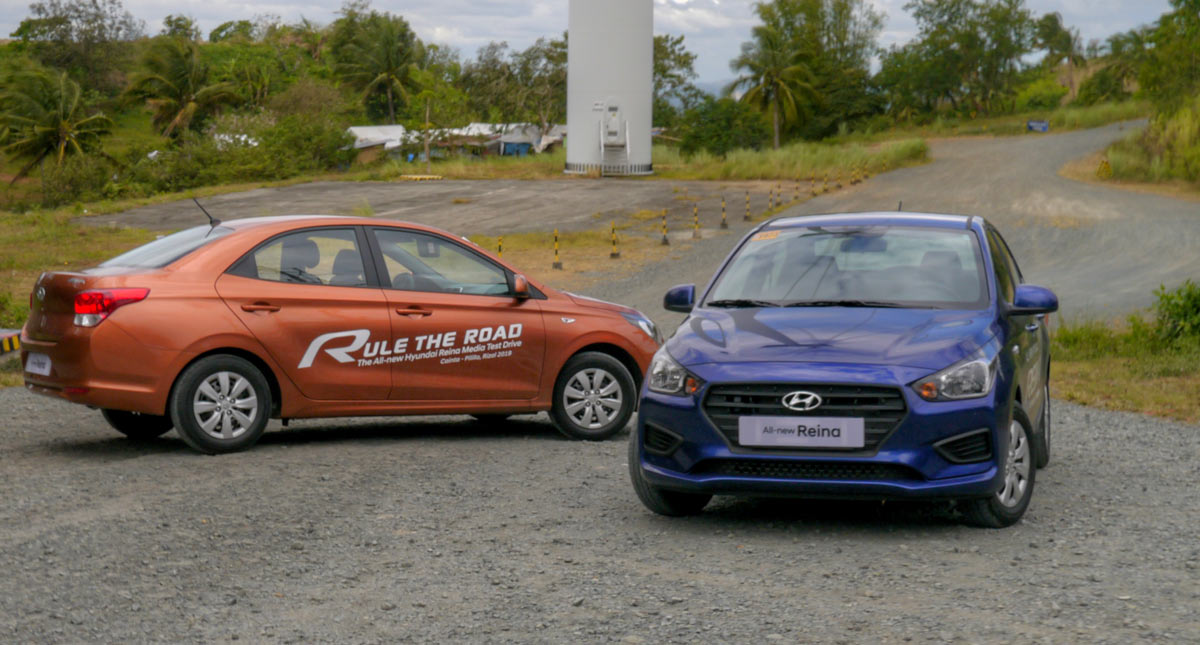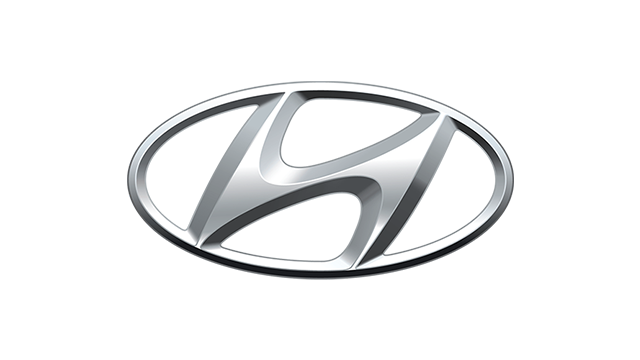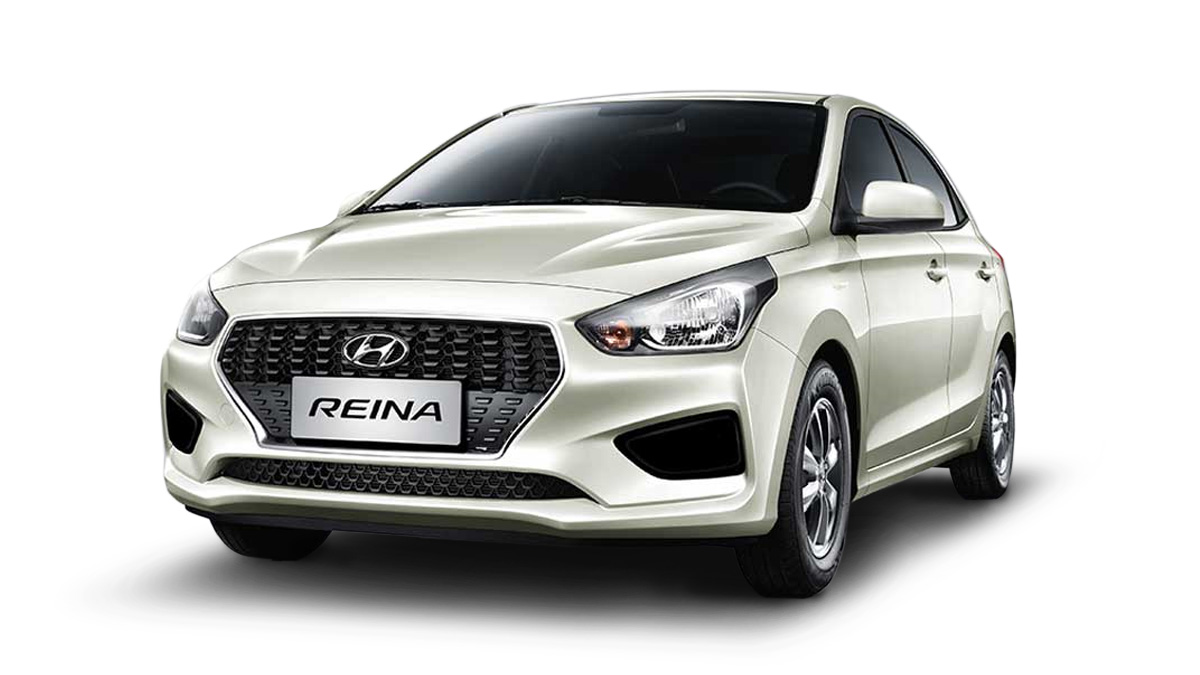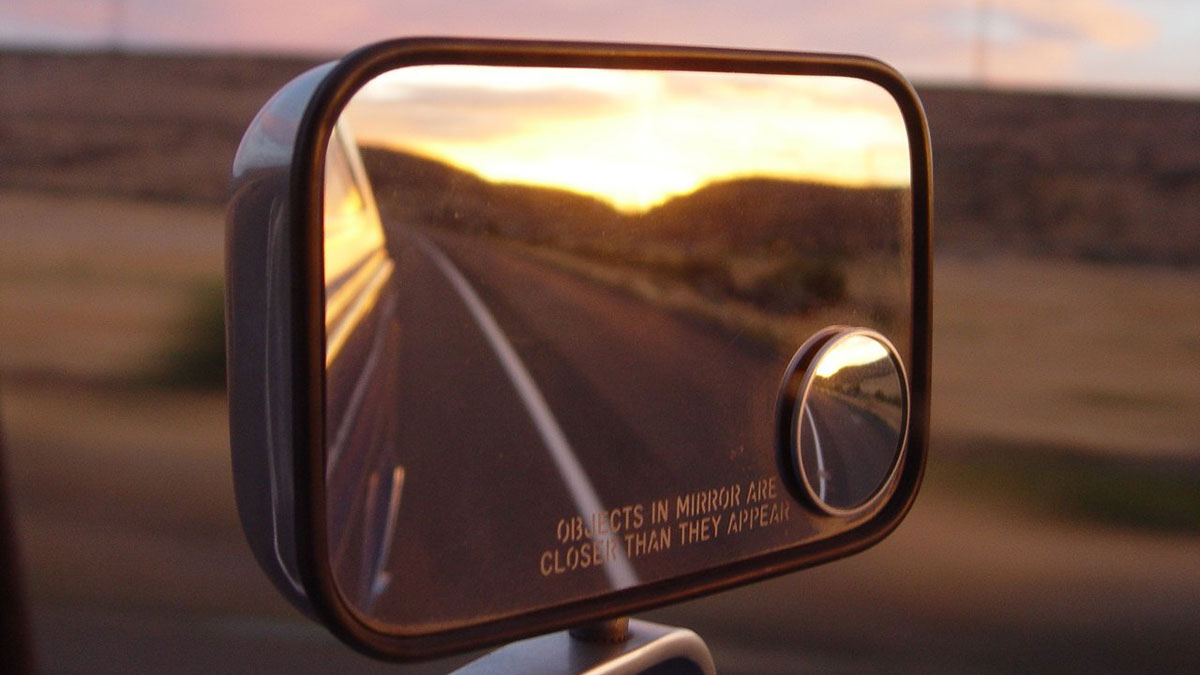Since its launch last month, the Hyundai Reina has generated a tremendous amount of buzz. Such was the response to the P598,000 launch price that dealers snapped up 600 units of stock in just two days, while service fleets are already inquiring for large orders. According to sources, the Reina’s calculated ‘boundary’ for taxi service undercuts its closest rival by over P300 a day. A huge advantage in a highly competitive market.
But is such confidence deserved? Is Hyundai’s queen ready to dethrone the King of Sedans a year after it reclaimed its sales crown? Local distributor Hyundai Asia Resources treated us to a preview drive up to the Pililia Wind Farm, on the famous Tanayburgring, to find out.
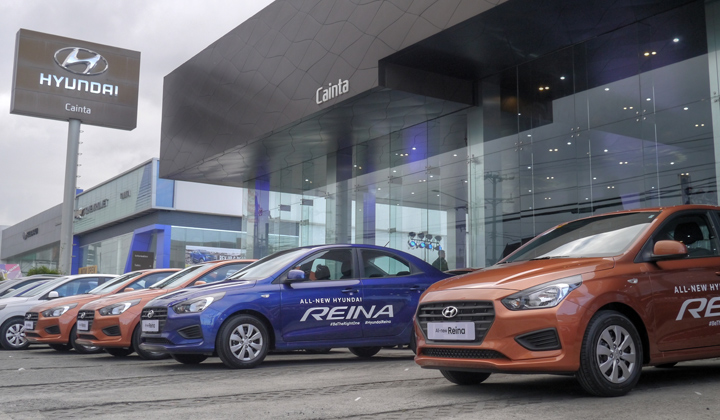
In the early morning light at Hyundai Cainta, the shiny new Reina looks rather small. But at 4,375mm, it’s only 5mm shorter than the Hyundai Accent. See, the Reina is built on the same “PB” platform as the previous Accent. The neat trick here is that despite using the same Fluidic Sculpture 2.0 design language as its swoopy stablemate, it still retains its individuality. Smaller head- and tail-lights, radiused curves and a squared-off roof give it a more bulldog stance. It’s endearing. Despite the lack of brightwork, it doesn’t look bargain basement. Only the 14-inch steel wheels with their plastic hubcaps give the game away here.
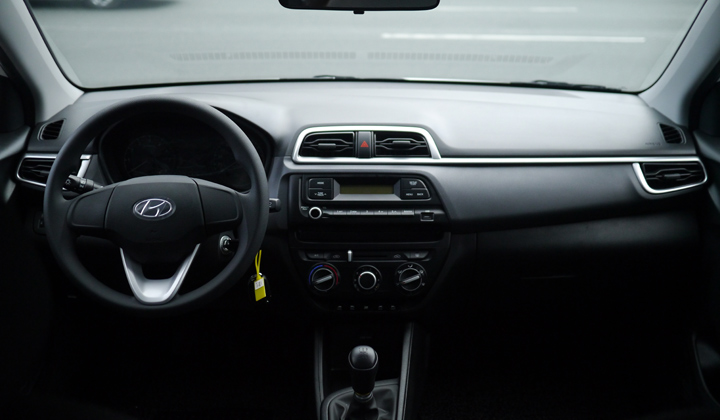
On the inside, the only familiar bits are the seats, which seem and feel identical to the ones in the old car. The front buckets are comfortable and supportive but lack height adjustment. The rear bench is
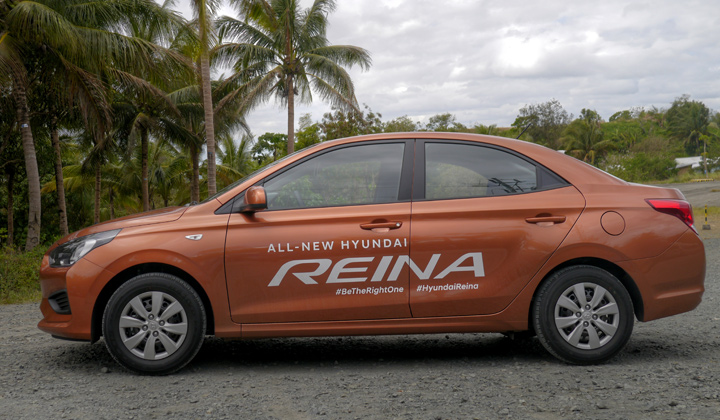
There’s a lot of hard plastic, but nothing sharp-edged or shiny. While cupholders and open bins are generous, the window switches underneath the AC severely limit cellphone storage by the 12V outlet. The trade-off is a little more elbow room by the door handles and further cost savings, as both left-hand and right-hand-drive models can use the same door cards. More cost savings can be seen in the 1DIN AM/FM/USB radio and four-speaker sound system. While dealers will happily upsell you an AVT touchscreen,
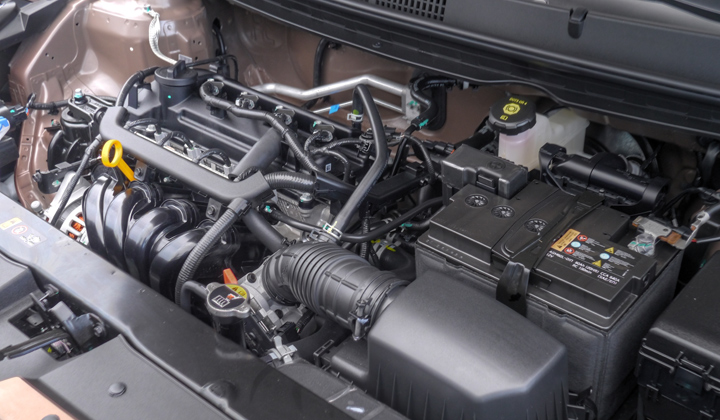
Pop the hood and the engine bay layout and fittings are basically identical to the old gasoline Accent. Which should make for easy maintenance and parts purchases for fleets already running the older car. The carried-over dual-cam variable-valve 1.4-liter engine makes 94hp (95ps) and 132Nm of torque. Yes, lower than in the Accent, but this variant should run more comfortably on lower octane fuel. Transmission choices are either four-speed automatic or five-speed manual. It’s the former that I’m given the keys to, as we set off for Pililla through Tuesday morning traffic.
Or they were when we started out two dozen kilometers ago. The front of the convoy has finally slowed up a bit. There’s a light drizzle coming down, but I’m feeling quite relaxed. The Reina is just so polished compared to the skinny-tired, vague handling
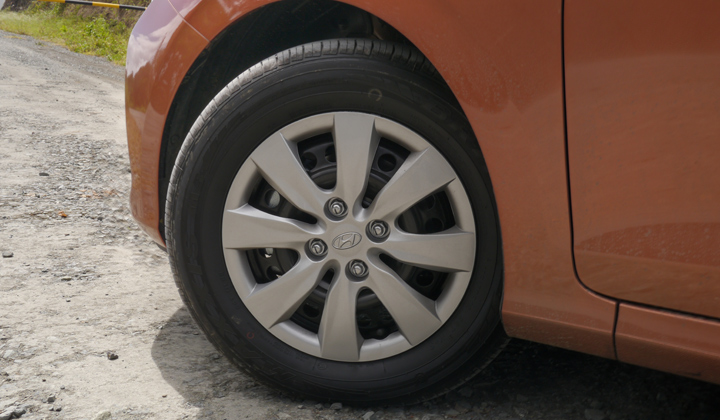
Pop out of first at a screaming 60kph and the engine bogs as it engages second gear well below the 4,000rpm torque peak. It takes a second or two to get back into the power zone. I fiddle with the shift selector a bit before finally leaving it in “2”. The higher gears are just too long for mountain climbing. On the bright side, an extra long 4th gear supposedly allows great highway economy. The 5-speed manual, on the other hand, has more realistic gear spacing. As with the old 1.4 Accent, however, the clutch biting point is a bit vague. You’ll invariably stall it the first time you drive it. Sadly, I don’t have much time to play around with it, because we’ve finally arrived at our destination.
We’ve reached the end of our journey, and we turn the keys over to eager customers and Hyundai club members just itching to try out the new car. We chat a bit both before and after their drive, and they are likewise impressed. It’s hard not to be. Compared to taxi specials of years past, the Reina comes with dual airbags, ABS, five-point belts for all passengers, including the half-passenger in the middle of the rear bench, speed-sensitive locks, power windows, and most importantly, a five-year unlimited mileage warranty. Which should come in handy for the target market.
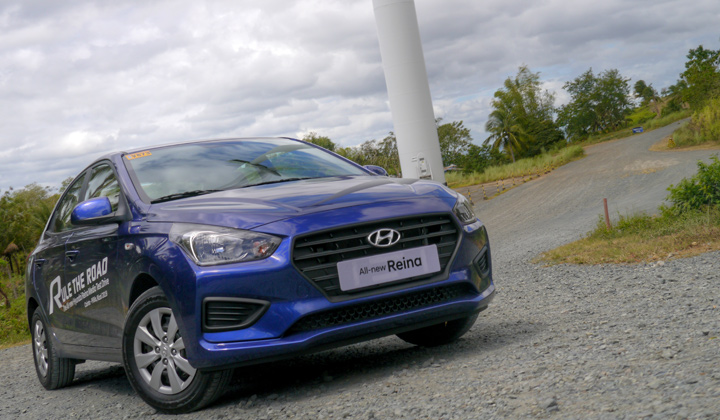
As the sun sets on our quick little drive, I do market projections in my head. I doubt the Reina will overthrow the King. It’s not as simple as Check and Mate. But there’s little doubt that everyone will be watching as HARI ramps up deliveries to its dealer network. Yes, Hyundai has just turned a pawn into a Queen. And that changes everything.
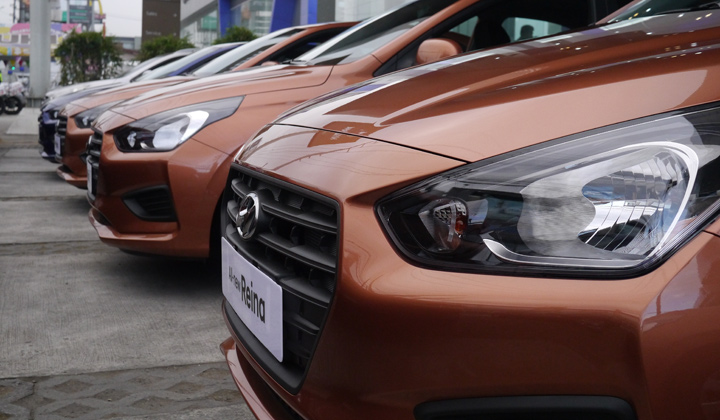
Looking to buy a new car? Visit our Get a Quote page.

